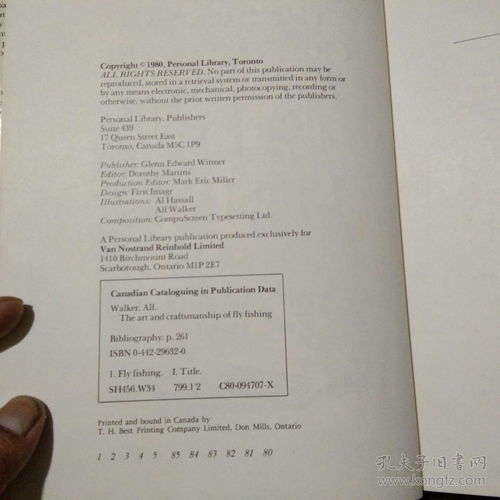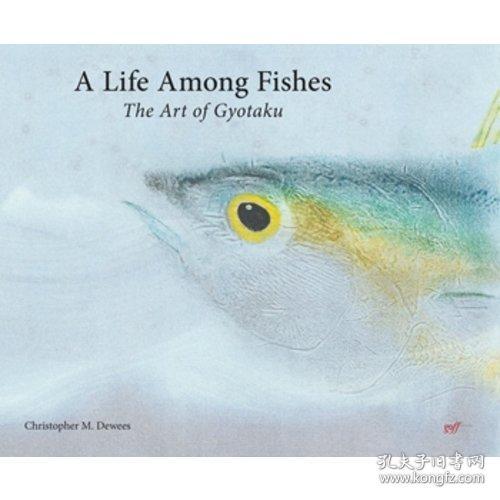Content:
Fishing is an enjoyable and relaxing outdoor activity that can be enjoyed by people of all ages. However, for beginners, the art of fishing can seem daunting and overwhelming. As an experienced angler, it is important to guide and teach the basics of fishing to ensure a pleasant experience for the novices. In this article, we will discuss how to teach new anglers the essential fishing techniques and provide them with the knowledge to become confident and skilled anglers.
Choose the Right Equipment
Before teaching someone how to fish, it is important to select the appropriate equipment. Here is a list of essential items that every beginner should have:
a. Fishing rod and reel: The choice of rod and reel depends on the type of fishing you plan to do. For freshwater fishing, a spinning rod and reel is suitable, while a baitcasting rod and reel is better for saltwater fishing.
b. Fishing line: Select a monofilament line for beginners, as it is easier to handle and less likely to snap.
c. Lures and baits: Start with simple and easy-to-catch baits like worms, crickets, or artificial lures like spinners and jigs.
d. Hooks: Use appropriate hooks based on the type of bait you are using.
e. Tackle box: Keep all your fishing gear organized in a tackle box for easy access.
Teach the Basics of Casting
Casting is a fundamental skill that every angler must master. Here are some tips to teach beginners how to cast:
a. Hold the rod with a comfortable grip, keeping the reel in the opposite hand.
b. Point the rod tip towards the target and slowly bring it back to the desired height.
c. Release the line with a quick, upward motion while bringing the rod forward.
d. Practice casting in different directions and distances to improve your accuracy.
Demonstrate Proper Knot Tying
Proper knot tying is crucial for ensuring that your bait stays on the hook and your line remains intact. Here are some common knots that beginners should learn:
a. Palomar Knot: This knot is easy to tie and highly reliable for attaching lures and baits.
b. Improved Clinch Knot: This knot is a good all-purpose knot for attaching hooks and swivels.
c. Uni Knot: This versatile knot is excellent for joining two lines together.
Teach the Basics of Baiting and Lure Fishing
a. Baiting: Show the beginner how to properly attach a bait to the hook. Emphasize the importance of not overcrowding the hook with too much bait.
b. Lure Fishing: Demonstrate how to use different lures, such as spinners, jigs, and crankbaits. Explain the purpose of each lure and how to retrieve them effectively.
Explain the Importance of Patience and Observation
Fishing is a game of patience. Teach beginners to be patient and observe their surroundings. Here are some tips:
a. Take your time to find the best spot for fishing, as different areas may have different fish populations.
b. Observe the behavior of the fish and adjust your tactics accordingly.
c. Stay quiet and still to avoid startling fish.
Provide Safety Tips

Fishing can be a fun and safe activity if you follow some basic safety guidelines:
a. Always wear a life jacket when fishing from a boat.
b. Be aware of your surroundings and other anglers to avoid collisions.
c. Use sunscreen and wear a hat to protect yourself from the sun.
Encourage Continuous Learning
Fishing is a skill that takes time to master. Encourage beginners to continue learning and experimenting with different techniques. Share your own experiences and tips to help them improve their fishing skills.
In conclusion, teaching a beginner how to fish involves patience, guidance, and the right equipment. By following these steps and providing a supportive environment, you can help a novice angler develop their skills and enjoy the wonderful world of fishing.












